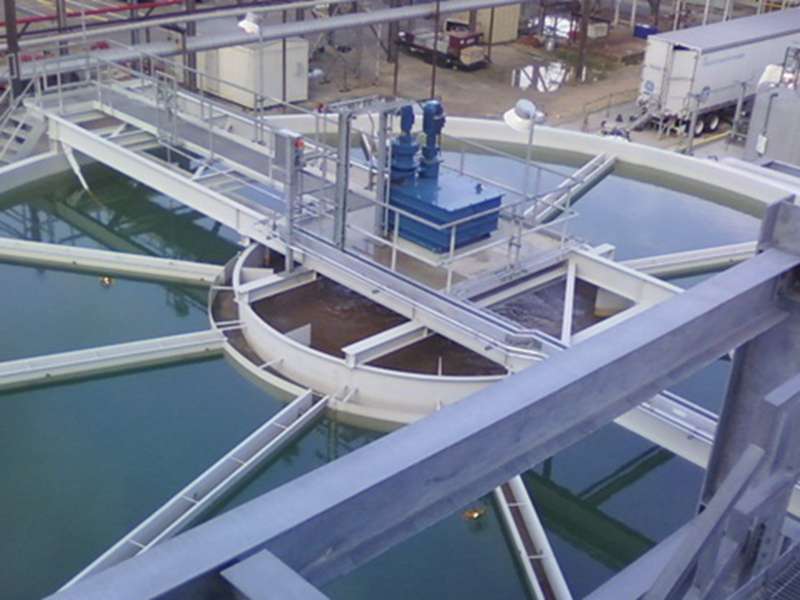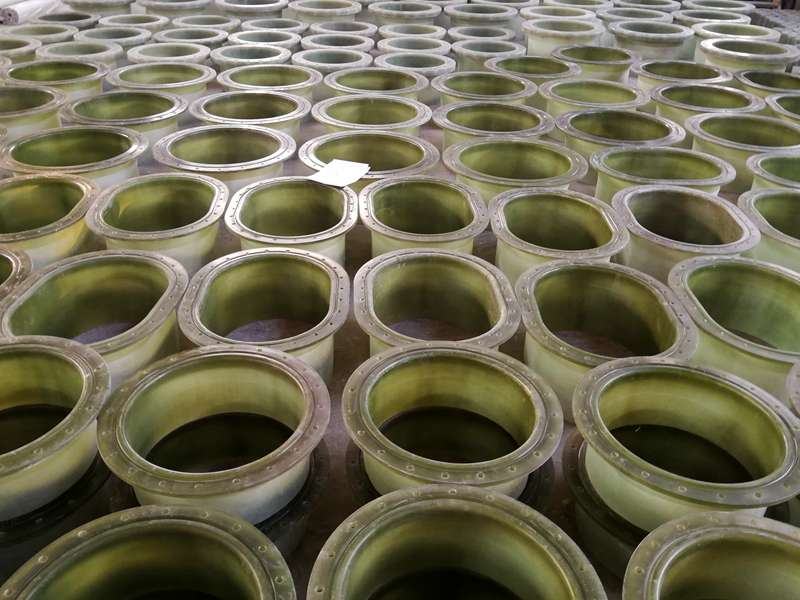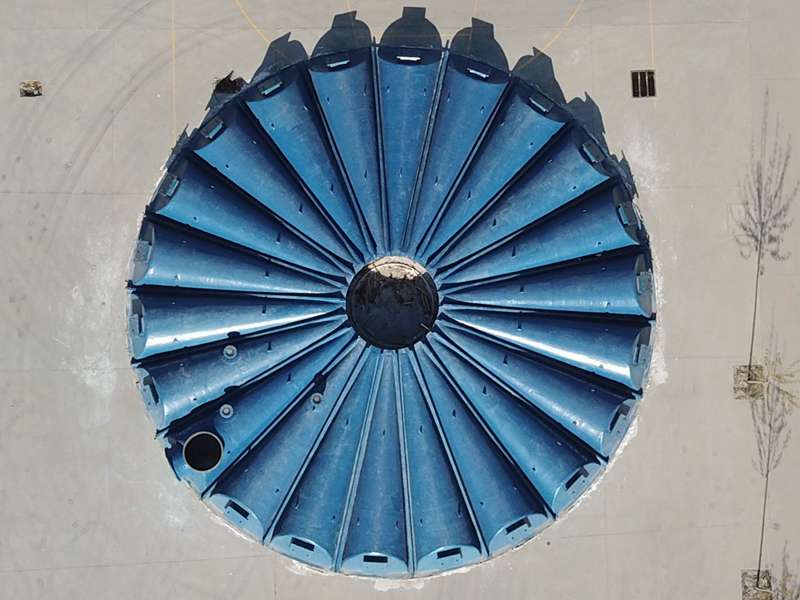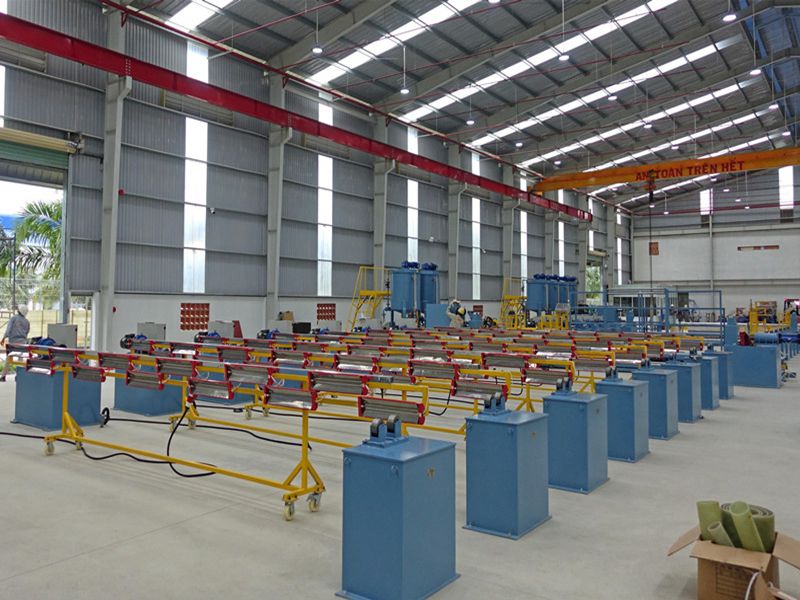
-
 Afrikaans
Afrikaans -
 Albanian
Albanian -
 Amharic
Amharic -
 Arabic
Arabic -
 Armenian
Armenian -
 Azerbaijani
Azerbaijani -
 Basque
Basque -
 Belarusian
Belarusian -
 Bengali
Bengali -
 Bosnian
Bosnian -
 Bulgarian
Bulgarian -
 Catalan
Catalan -
 Cebuano
Cebuano -
 China
China -
 China (Taiwan)
China (Taiwan) -
 Corsican
Corsican -
 Croatian
Croatian -
 Czech
Czech -
 Danish
Danish -
 Dutch
Dutch -
 English
English -
 Esperanto
Esperanto -
 Estonian
Estonian -
 Finnish
Finnish -
 French
French -
 Frisian
Frisian -
 Galician
Galician -
 Georgian
Georgian -
 German
German -
 Greek
Greek -
 Gujarati
Gujarati -
 Haitian Creole
Haitian Creole -
 hausa
hausa -
 hawaiian
hawaiian -
 Hebrew
Hebrew -
 Hindi
Hindi -
 Miao
Miao -
 Hungarian
Hungarian -
 Icelandic
Icelandic -
 igbo
igbo -
 Indonesian
Indonesian -
 irish
irish -
 Italian
Italian -
 Japanese
Japanese -
 Javanese
Javanese -
 Kannada
Kannada -
 kazakh
kazakh -
 Khmer
Khmer -
 Rwandese
Rwandese -
 Korean
Korean -
 Kurdish
Kurdish -
 Kyrgyz
Kyrgyz -
 Lao
Lao -
 Latin
Latin -
 Latvian
Latvian -
 Lithuanian
Lithuanian -
 Luxembourgish
Luxembourgish -
 Macedonian
Macedonian -
 Malgashi
Malgashi -
 Malay
Malay -
 Malayalam
Malayalam -
 Maltese
Maltese -
 Maori
Maori -
 Marathi
Marathi -
 Mongolian
Mongolian -
 Myanmar
Myanmar -
 Nepali
Nepali -
 Norwegian
Norwegian -
 Norwegian
Norwegian -
 Occitan
Occitan -
 Pashto
Pashto -
 Persian
Persian -
 Polish
Polish -
 Portuguese
Portuguese -
 Punjabi
Punjabi -
 Romanian
Romanian -
 Russian
Russian -
 Samoan
Samoan -
 Scottish Gaelic
Scottish Gaelic -
 Serbian
Serbian -
 Sesotho
Sesotho -
 Shona
Shona -
 Sindhi
Sindhi -
 Sinhala
Sinhala -
 Slovak
Slovak -
 Slovenian
Slovenian -
 Somali
Somali -
 Spanish
Spanish -
 Sundanese
Sundanese -
 Swahili
Swahili -
 Swedish
Swedish -
 Tagalog
Tagalog -
 Tajik
Tajik -
 Tamil
Tamil -
 Tatar
Tatar -
 Telugu
Telugu -
 Thai
Thai -
 Turkish
Turkish -
 Turkmen
Turkmen -
 Ukrainian
Ukrainian -
 Urdu
Urdu -
 Uighur
Uighur -
 Uzbek
Uzbek -
 Vietnamese
Vietnamese -
 Welsh
Welsh -
 Bantu
Bantu -
 Yiddish
Yiddish -
 Yoruba
Yoruba -
 Zulu
Zulu
Jun . 13, 2024 10:58
Back to list
FRP composite used in automobile industry for lightweighting.
The Fascinating World of FRP Cars A Blend of Performance and Innovation
In the realm of automotive engineering, one material has emerged as a game-changer Fiber Reinforced Plastics (FRP). Also known as Glass Reinforced Plastic (GRP), this composite material has revolutionized car manufacturing, offering a perfect blend of strength, lightweight, and durability. FRP cars have not only reshaped the automotive industry but also pushed the boundaries of performance and design.
FRP, a combination of plastic resin and reinforcing fibers, typically glass or carbon, boasts an impressive strength-to-weight ratio. This property makes it an ideal choice for car manufacturers seeking to reduce vehicle weight without compromising structural integrity. Lighter cars translate to better fuel efficiency, enhanced acceleration, and improved overall performance. In fact, numerous high-performance vehicles, including supercars and Formula 1 racers, owe their agility and speed to FRP components.
The use of FRP in car bodies also offers exceptional resistance against corrosion and impact, ensuring a longer lifespan for the vehicle. Unlike traditional metal bodies, FRP doesn't rust, dent, or corrode easily, making it ideal for harsh weather conditions. Furthermore, its non-conductive nature provides an additional safety feature against electrical currents.
Design flexibility is another key advantage of FRP. The material can be molded into complex shapes, allowing for more aerodynamic and visually striking designs The material can be molded into complex shapes, allowing for more aerodynamic and visually striking designs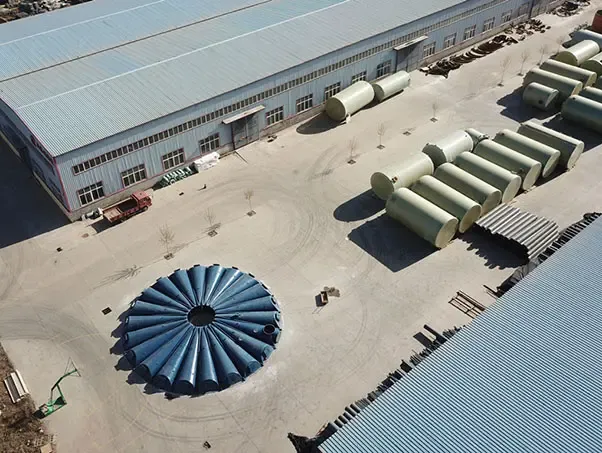 The material can be molded into complex shapes, allowing for more aerodynamic and visually striking designs The material can be molded into complex shapes, allowing for more aerodynamic and visually striking designs
The material can be molded into complex shapes, allowing for more aerodynamic and visually striking designs The material can be molded into complex shapes, allowing for more aerodynamic and visually striking designs frp car. This has opened up new avenues for automotive designers, pushing the envelope of aesthetic possibilities. From sleek curves to sharp edges, the versatility of FRP allows for a level of customization that was once unimaginable.
Moreover, the production process of FRP parts is more environmentally friendly compared to traditional steel or aluminum. With lower energy consumption and less waste generation, it aligns with the growing trend of sustainable manufacturing in the automotive sector.
However, despite its numerous benefits, the adoption of FRP in mass-market cars still faces challenges. Its initial cost is higher than conventional materials, and repairing FRP damage often requires specialized knowledge and equipment. Yet, with advancements in technology and increasing demand for fuel-efficient and eco-friendly vehicles, the future of FRP in the automotive industry looks promising.
In conclusion, FRP cars embody the fusion of cutting-edge technology and automotive innovation. They not only redefine speed and style but also contribute to a greener future. As we move towards a more sustainable and performance-driven automotive landscape, the role of FRP is set to become even more pivotal.
frp car. This has opened up new avenues for automotive designers, pushing the envelope of aesthetic possibilities. From sleek curves to sharp edges, the versatility of FRP allows for a level of customization that was once unimaginable.
Moreover, the production process of FRP parts is more environmentally friendly compared to traditional steel or aluminum. With lower energy consumption and less waste generation, it aligns with the growing trend of sustainable manufacturing in the automotive sector.
However, despite its numerous benefits, the adoption of FRP in mass-market cars still faces challenges. Its initial cost is higher than conventional materials, and repairing FRP damage often requires specialized knowledge and equipment. Yet, with advancements in technology and increasing demand for fuel-efficient and eco-friendly vehicles, the future of FRP in the automotive industry looks promising.
In conclusion, FRP cars embody the fusion of cutting-edge technology and automotive innovation. They not only redefine speed and style but also contribute to a greener future. As we move towards a more sustainable and performance-driven automotive landscape, the role of FRP is set to become even more pivotal.
 The material can be molded into complex shapes, allowing for more aerodynamic and visually striking designs The material can be molded into complex shapes, allowing for more aerodynamic and visually striking designs
The material can be molded into complex shapes, allowing for more aerodynamic and visually striking designs The material can be molded into complex shapes, allowing for more aerodynamic and visually striking designs frp car. This has opened up new avenues for automotive designers, pushing the envelope of aesthetic possibilities. From sleek curves to sharp edges, the versatility of FRP allows for a level of customization that was once unimaginable.
Moreover, the production process of FRP parts is more environmentally friendly compared to traditional steel or aluminum. With lower energy consumption and less waste generation, it aligns with the growing trend of sustainable manufacturing in the automotive sector.
However, despite its numerous benefits, the adoption of FRP in mass-market cars still faces challenges. Its initial cost is higher than conventional materials, and repairing FRP damage often requires specialized knowledge and equipment. Yet, with advancements in technology and increasing demand for fuel-efficient and eco-friendly vehicles, the future of FRP in the automotive industry looks promising.
In conclusion, FRP cars embody the fusion of cutting-edge technology and automotive innovation. They not only redefine speed and style but also contribute to a greener future. As we move towards a more sustainable and performance-driven automotive landscape, the role of FRP is set to become even more pivotal.
frp car. This has opened up new avenues for automotive designers, pushing the envelope of aesthetic possibilities. From sleek curves to sharp edges, the versatility of FRP allows for a level of customization that was once unimaginable.
Moreover, the production process of FRP parts is more environmentally friendly compared to traditional steel or aluminum. With lower energy consumption and less waste generation, it aligns with the growing trend of sustainable manufacturing in the automotive sector.
However, despite its numerous benefits, the adoption of FRP in mass-market cars still faces challenges. Its initial cost is higher than conventional materials, and repairing FRP damage often requires specialized knowledge and equipment. Yet, with advancements in technology and increasing demand for fuel-efficient and eco-friendly vehicles, the future of FRP in the automotive industry looks promising.
In conclusion, FRP cars embody the fusion of cutting-edge technology and automotive innovation. They not only redefine speed and style but also contribute to a greener future. As we move towards a more sustainable and performance-driven automotive landscape, the role of FRP is set to become even more pivotal.
Related Products



